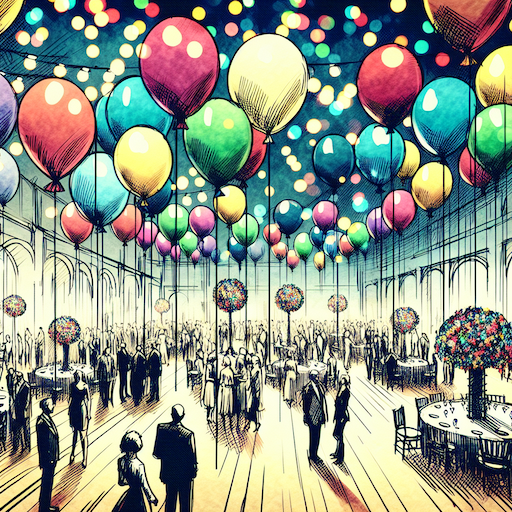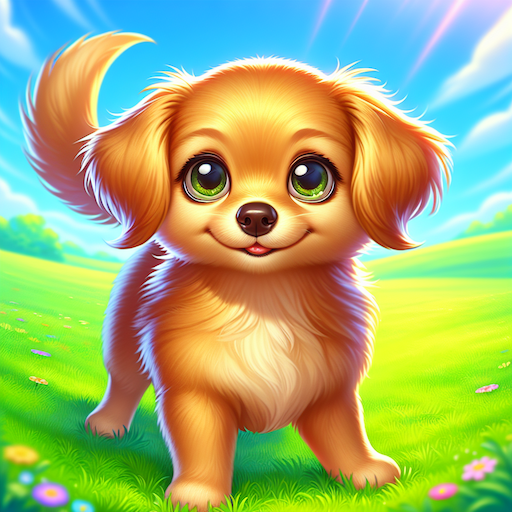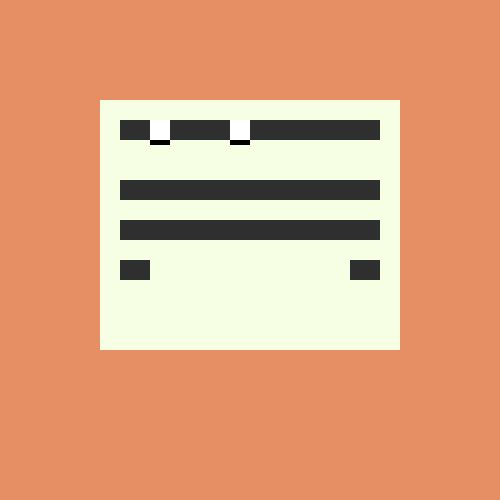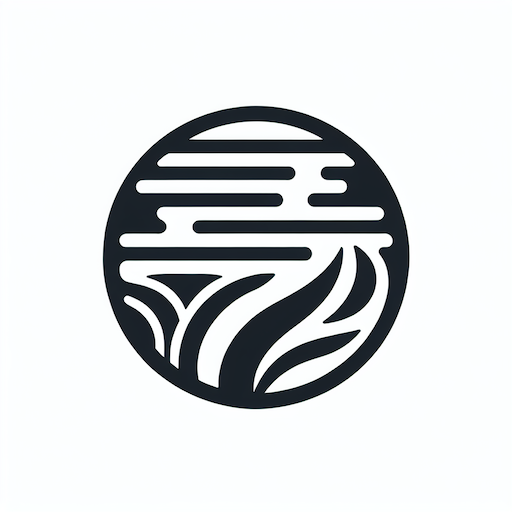

The Lady of Elche is an ancient Iberian sculpture that was discovered in 1897 and is believed to date back to the 4th century BC. Legend has it that the statue was found by a young boy who was digging in a field and stumbled upon the sculpture's head. The boy's father later found the rest of the statue buried nearby. The Lady of Elche is considered one of the most important examples of Iberian art and is now housed in the National Archaeological Museum of Spain in Madrid. The Lady's headdress is so intricate, it almost looks like she's wearing a crown of thorns. But don't worry, she's actually a peaceful figure!
Javascript Code
// Title: The Mysterious Lady of Elche
// Draw the background
ctx.fillStyle = '#f3e8e8';
ctx.fillRect(0, 0, 512, 512);
// Draw the Lady of Elche
ctx.beginPath();
ctx.moveTo(256, 100);
ctx.lineTo(150, 300);
ctx.lineTo(362, 300);
ctx.closePath();
ctx.fillStyle = '#bca98e';
ctx.fill();
// Draw the Lady's face
ctx.beginPath();
ctx.arc(256, 200, 70, 0, 2 * Math.PI);
ctx.fillStyle = '#d8bca9';
ctx.fill();
// Draw the Lady's eyes
ctx.beginPath();
ctx.arc(220, 190, 10, 0, 2 * Math.PI);
ctx.fillStyle = '#000000';
ctx.fill();
ctx.beginPath();
ctx.arc(292, 190, 10, 0, 2 * Math.PI);
ctx.fillStyle = '#000000';
ctx.fill();
// Draw the Lady's headdress
ctx.beginPath();
ctx.moveTo(200, 130);
ctx.lineTo(140, 200);
ctx.lineTo(200, 270);
ctx.lineTo(312, 270);
ctx.lineTo(370, 200);
ctx.closePath();
ctx.fillStyle = '#ffffff';
ctx.fill();
// Draw the Lady's earrings
ctx.beginPath();
ctx.arc(200, 200, 10, 0, 2 * Math.PI);
ctx.fillStyle = '#e5c5a9';
ctx.fill();
ctx.beginPath();
ctx.arc(312, 200, 10, 0, 2 * Math.PI);
ctx.fillStyle = '#e5c5a9';
ctx.fill();
// Draw the Lady's necklace
ctx.beginPath();
ctx.moveTo(246, 220);
ctx.lineTo(256, 230);
ctx.lineTo(266, 220);
ctx.strokeStyle = '#ffffff';
ctx.lineWidth = 2;
ctx.stroke();
// Draw the Lady's lips
ctx.beginPath();
ctx.arc(256, 210, 30, 0, Math.PI);
ctx.strokeStyle = '#000000';
ctx.lineWidth = 2;
ctx.stroke();
// Draw the Lady's nose
ctx.beginPath();
ctx.moveTo(256, 190);
ctx.lineTo(256, 220);
ctx.strokeStyle = '#000000';
ctx.lineWidth = 2;
ctx.stroke();
// Draw the Lady's pupils
ctx.beginPath();
ctx.arc(220, 190, 5, 0, 2 * Math.PI);
ctx.fillStyle = '#ffffff';
ctx.fill();
ctx.beginPath();
ctx.arc(292, 190, 5, 0, 2 * Math.PI);
ctx.fillStyle = '#ffffff';
ctx.fill();
// Draw the Lady's eyelashes
ctx.beginPath();
ctx.moveTo(215, 180);
ctx.lineTo(225, 185);
ctx.moveTo(285, 180);
ctx.lineTo(275, 185);
ctx.strokeStyle = '#000000';
ctx.lineWidth = 1;
ctx.stroke();
// Draw the Lady's eyebrows
ctx.beginPath();
ctx.moveTo(205, 170);
ctx.lineTo(235, 175);
ctx.moveTo(275, 175);
ctx.lineTo(305, 170);
ctx.strokeStyle = '#000000';
ctx.lineWidth = 2;
ctx.stroke();
// Draw the Lady's headdress decorations
ctx.beginPath();
ctx.moveTo(194, 134);
ctx.lineTo(182, 142);
ctx.moveTo(194, 266);
ctx.lineTo(182, 258);
ctx.moveTo(318, 266);
ctx.lineTo(330, 258);
ctx.moveTo(318, 134);
ctx.lineTo(330, 142);
ctx.strokeStyle = '#000000';
ctx.lineWidth = 2;
ctx.stroke();
// Draw the Lady's earrings decorations
ctx.beginPath();
ctx.moveTo(191, 200);
ctx.lineTo(203, 188);
ctx.moveTo(319, 200);
ctx.lineTo(307, 188);
ctx.strokeStyle = '#000000';
ctx.lineWidth = 2;
ctx.stroke();
// Draw the Lady's necklace decorations
ctx.beginPath();
ctx.moveTo(256, 221);
ctx.lineTo(256, 229);
ctx.moveTo(246, 225);
ctx.lineTo(266, 225);
ctx.strokeStyle = '#000000';
ctx.lineWidth = 2;
ctx.stroke();
// Draw the Lady's background decorations
ctx.beginPath();
ctx.moveTo(172, 250);
ctx.lineTo(200, 220);
ctx.lineTo(228, 250);
ctx.lineTo(200, 280);
ctx.closePath();
ctx.fillStyle = '#e5c5a9';
ctx.fill();
ctx.beginPath();
ctx.moveTo(284, 250);
ctx.lineTo(312, 220);
ctx.lineTo(340, 250);
ctx.lineTo(312, 280);
ctx.closePath();
ctx.fillStyle = '#e5c5a9';
ctx.fill();
// Draw the Lady's pedestal
ctx.fillStyle = '#bca98e';
ctx.fillRect(200, 300, 112, 30);
// Draw the Lady's pedestal decorations
ctx.beginPath();
ctx.moveTo(200, 300);
ctx.lineTo(208, 292);
ctx.lineTo(320, 292);
ctx.lineTo(312, 300);
ctx.closePath();
ctx.strokeStyle = '#000000';
ctx.lineWidth = 2;
ctx.stroke();
// Add a fun fact
// The Lady of Elche is an ancient Iberian sculpture that was discovered in 1897 and is believed to date back to the 4th century BC. Legend has it that the statue was found by a young boy who was digging in a field and stumbled upon the sculpture's head. The boy's father later found the rest of the statue buried nearby. The Lady of Elche is considered one of the most important examples of Iberian art and is now housed in the National Archaeological Museum of Spain in Madrid.
// The Lady's headdress is so intricate, it almost looks like she's wearing a crown of thorns. But don't worry, she's actually a peaceful figure!
 accurate bicycle
accurate bicycle balloon party
balloon party beautiful beach
beautiful beach cute puppy dog
cute puppy dog happy cat
happy cat house
house new business logo
new business logo